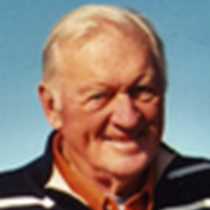Columbia River, Journeying East
Rivers were almost an obsession with Thomas Jefferson. He saw them for what they were – and are – highways to another place. While moving east today on the Columbia River, thoughts of Mr. Jefferson come to mind. Our route today replicates the homeward journey of the Corps of Discovery (although we will undertake their enchanting, anxious westward voyage in the next four days). Jefferson’s affection for rivers was inherited by his surrogate son and secretary, Meriwether Lewis. Both Lewis and William Clark made a point of describing these streams in the Journals, using aboriginal and American-English terms. Here are some examples:
THE WILLAMETTE – “ . . . An extensive valley . . . lying between the mountainous country of the Coast (range) and the Western (Cascade) mountains must be watered by some stream.” Yes indeed, at first named Multnomah by the captains for the Indian nation at its mouth.
THE WALLA WALLA – “A small riverlet falls in which appears to (have) passed under the High Country.” This river valley was used by the Corps in their 1806 return journey, bypassing the wild Snake River.
THE SNAKE - “We halted above the point on the river Kimooenim (Snake) to smoke with the Indians . . .” This great stream passes through some of the country’s sublime basalt walls – noted in the Journals.
THE CLEARWATER – “The river below this forks is Called Kos-kos-kee . . . it is Clear rapid with Shoals or Swift Places.” And here they first saw salmon in the water, a sign that the great sea was ahead.
Historian Junius Rochester, in his talk “Lewis and Clark: Before and After,” highlighted the rivers run by the Corps, including the great portage at Great Falls and the unstinting help the captains received from Indian nations. Naturalist Linda Burback included references to the signs left alongside the rivers and elsewhere by living things: e.g. footprints, scat, bones, each of which told a story to members of the Corps.
Looking at the rivers, especially the mighty Columbia was a favorite on-deck guest activity. Cameras and binoculars were everywhere. By tomorrow morning, at the end of our eastward river trip, we will emerge in Nez Perce country at the mouth of the Clearwater River. Clark noted in the Journals that these people not only fed and assisted the Corps on their onward trek, but “The cho-pun-nish or Pierced nose Indians are Stout likely men, handsom women, and very dressey in their way.”




